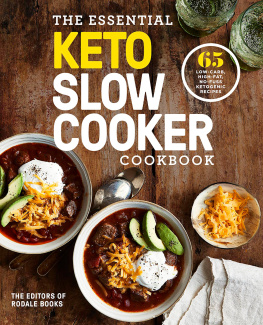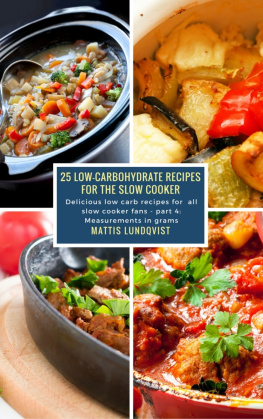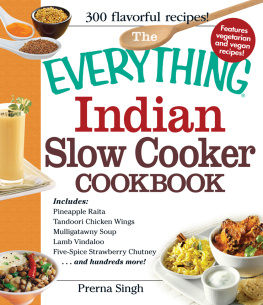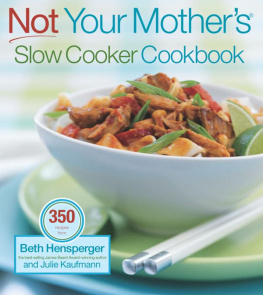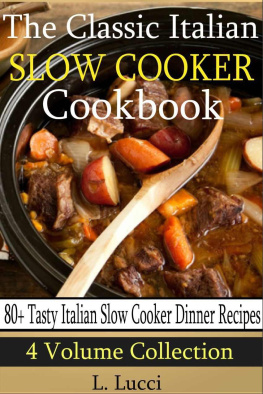Editors of Rodale Books - The essential keto slow cooker cookbook: 65 low-carb, high-fat, no-fuss ketogenic recipes
Here you can read online Editors of Rodale Books - The essential keto slow cooker cookbook: 65 low-carb, high-fat, no-fuss ketogenic recipes full text of the book (entire story) in english for free. Download pdf and epub, get meaning, cover and reviews about this ebook. City: New York, year: 2019, publisher: Potter;Ten Speed;Harmony;Rodale, genre: Home and family. Description of the work, (preface) as well as reviews are available. Best literature library LitArk.com created for fans of good reading and offers a wide selection of genres:
Romance novel
Science fiction
Adventure
Detective
Science
History
Home and family
Prose
Art
Politics
Computer
Non-fiction
Religion
Business
Children
Humor
Choose a favorite category and find really read worthwhile books. Enjoy immersion in the world of imagination, feel the emotions of the characters or learn something new for yourself, make an fascinating discovery.
- Book:The essential keto slow cooker cookbook: 65 low-carb, high-fat, no-fuss ketogenic recipes
- Author:
- Publisher:Potter;Ten Speed;Harmony;Rodale
- Genre:
- Year:2019
- City:New York
- Rating:4 / 5
- Favourites:Add to favourites
- Your mark:
- 80
- 1
- 2
- 3
- 4
- 5
The essential keto slow cooker cookbook: 65 low-carb, high-fat, no-fuss ketogenic recipes: summary, description and annotation
We offer to read an annotation, description, summary or preface (depends on what the author of the book "The essential keto slow cooker cookbook: 65 low-carb, high-fat, no-fuss ketogenic recipes" wrote himself). If you haven't found the necessary information about the book — write in the comments, we will try to find it.
The essential keto slow cooker cookbook: 65 low-carb, high-fat, no-fuss ketogenic recipes — read online for free the complete book (whole text) full work
Below is the text of the book, divided by pages. System saving the place of the last page read, allows you to conveniently read the book "The essential keto slow cooker cookbook: 65 low-carb, high-fat, no-fuss ketogenic recipes" online for free, without having to search again every time where you left off. Put a bookmark, and you can go to the page where you finished reading at any time.
Font size:
Interval:
Bookmark:

Ketones provide energy to the brain and nervous system. You will test the ketone levels in your breath, urine, or blood to determine if you are in ketosis, especially when you are just starting out.

Breath: Using a device similar to a breathalyzer, you can measure the level of acetone (a ketone by-product) in your breath. This method is easy to administer, but the device tends to be expensive. Tracking Macros to Stay in Ketosis The food we eat provides key nutrients our bodies need to perform at an optimal level. These nutrients are divided into three main categoriesfats, proteins, and carbohydratescommonly called macronutrients, or macros. Its important to track your macronutrient intake on the keto diet so you can stay in ketosis. If you go outside your target macro zones, your body may start utilizing glucose as energy again, taking you out of ketosis.
Keeping your carb intake as low as possible is the best way to ensure you stay in ketosis. As a rule of thumb, you should eat less than 20 grams of net carbs per day to stay in ketosis, though each body responds differently to carbohydrates; depending on your height, weight, age, activity level, and other factors, you might find you can eat as many as 50 grams of net carbs per day and stay in ketosis. Testing for ketones often and closely tracking your macros in the beginning of your keto journey will help you fine-tune the breakdown of macros that keep you in ketosis. There are several ways to keep track of your carbs. Some people like to monitor their total carbohydrates per day, while others monitor their net carbs. (Fiber is not absorbed by the body and therefore is not calculated in your net carb figure.) Each recipe in this book includes nutritional information to help you keep track of your macros, with calories, fat, net carbs, and protein grams per serving listed at the bottom of the page. (Fiber is not absorbed by the body and therefore is not calculated in your net carb figure.) Each recipe in this book includes nutritional information to help you keep track of your macros, with calories, fat, net carbs, and protein grams per serving listed at the bottom of the page.
Weve made it easy so you dont need to do your own net carb calculations. Thanks to a variety of excellent apps, its easier than ever to track your daily macros and adjust your diet as needed to reach your goals. Log your food, calculate macros, and keep tabs on your net carb intake on the device of your choice. Here are a few apps we trust:
- Carb Manager (carbmanager.com)
- MyFitnessPal (myfitnesspal.com)
- MyMacros+ (getmymacros.com)
- The Keto Diet App (ketodietapp.com)
| FOODS TO AVOID | FOODS TO EAT |
|
|
Font size:
Interval:
Bookmark:
Similar books «The essential keto slow cooker cookbook: 65 low-carb, high-fat, no-fuss ketogenic recipes»
Look at similar books to The essential keto slow cooker cookbook: 65 low-carb, high-fat, no-fuss ketogenic recipes. We have selected literature similar in name and meaning in the hope of providing readers with more options to find new, interesting, not yet read works.
Discussion, reviews of the book The essential keto slow cooker cookbook: 65 low-carb, high-fat, no-fuss ketogenic recipes and just readers' own opinions. Leave your comments, write what you think about the work, its meaning or the main characters. Specify what exactly you liked and what you didn't like, and why you think so.

